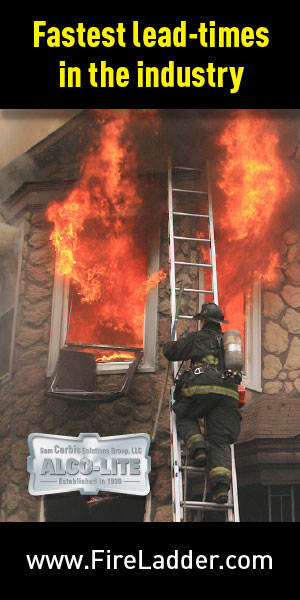Dan Rossiter, Built Environment Standards Lead at BSI, delves into the implementation, benefits, and challenges of the Golden Thread
Can you provide an overview of what the ‘Golden Thread‘ of information is in the context of building safety?
When I communicate about the golden thread, I often start by signposting to the definition that the then Building Regulation Advisory Committee (BRAC) published in their Golden Thread Report: “The golden thread is both the information that allows you to understand a building and the steps needed to keep both the building and people safe, now and in the future.”
This means that the golden thread of information encapsulates both the content (i.e. information and documents) as well as the process of keeping the content up to date (i.e. information management).
Within the BRAC Golden Thread Report there are also several helpful principles such as: Secure, Understandable, Accessible, and Longevity.
What is your perspective on the importance of having up-to-date premises information, particularly in high-stake situations?
What I have noticed is that over the past few years publications, such as The Vision for the Built Environment and Flourishing Systems, have conveyed a new narrative of considering the built environment as a system of systems.
This mindset demonstrates the level of interconnectivity needed for the overall system to operate effectively.
In this new mindset housing, for example, is considered social infrastructure. As infrastructure, they have their own outcomes to benefit society (one for example would be to protect occupants from the elements).
Up-to-date information is needed so that robust decisions can be made to realise such outcomes.
In a high-stake situation, there will likely be several immediate outcomes to realise.
Up-to-date premises information such as: materials used in the external wall and structure; the number of storeys and staircases, as well as Details of the evacuation strategy.
As requested by The Higher-Risk Buildings (Key Building Information etc.), Regulations will be pivotal in making robust decisions to realise these immediate outcomes.
Can you delve into the specific standards that can support the Golden Thread of information?
There are a myriad of standards that can support the Golden Thread of Information, the first being BS 8644-1 (Digital management of fire safety information). Whilst BS 8644-1’s scope extends beyond higher-risk buildings, it outlines an information management process that enables fire safety information to be managed and exchanged.
The information management processes within relate heavily to the ISO 19650 series, as well as the UK BIM Framework more generally.
In addition, there are standards which support the documentation that will likely be needed within the Golden Thread of Information.
These include: PAS 79-1 and the forthcoming BS 9792 (Fire risk assessments), ISO 7519 (General arrangement and assembly drawings), and BS 8587 (Facility Information Management).
Finally, there are standards relating to document management such as EN 82045-2 (Document management metadata) which can complement the BS EN ISO 19650-2 file naming convention to aid with the structure, management, and discoverability of information.
How can organisations begin to implement these standards and ensure they are maintaining the Golden Thread?
An effective way of doing implementing these standards would be to consider how their practices can be integrated into an organisation’s quality management plan.
Similar to when Building Information Modelling (BIM) was first introduced, it was ineffective for an organisation to have two ways of working (i.e. BIM projects and Traditional projects).
In the same manner, an organisation shouldn’t look to have “golden thread projects” but, instead, look to provide information aligned to the golden thread definition and principles on all projects. In doing so, regardless of the type of project, better information may be produced, managed, and exchanged as a result.
From a fire safety perspective, can you detail the benefits of being able to exchange fire safety information seamlessly?
As described within BS 8644-1, there are several instances across a project life cycle where fire safety information should be exchanged.
This can be as early as the briefing stage, where the fire safety outcomes and objectives should be identified, to the later stages, where risk assessments associated with the design and construction should demonstrate how risks have been captured and mitigated.
Being able to exchange such information with as little friction as possible will ensure that the right people have access to right information, to ensure that decision-making is done robustly.
In the context of emergency response, how might the Golden Thread facilitate faster and more effective action?
As opposed to having to access information on arrival (e.g via a premises information box), information can be accessed via the golden thread in transit or via remote colleagues who can inform the emergency responders of any pertinent information.
For example, this can include details of the fire evacuation strategy as well as the location of the assembly point.


